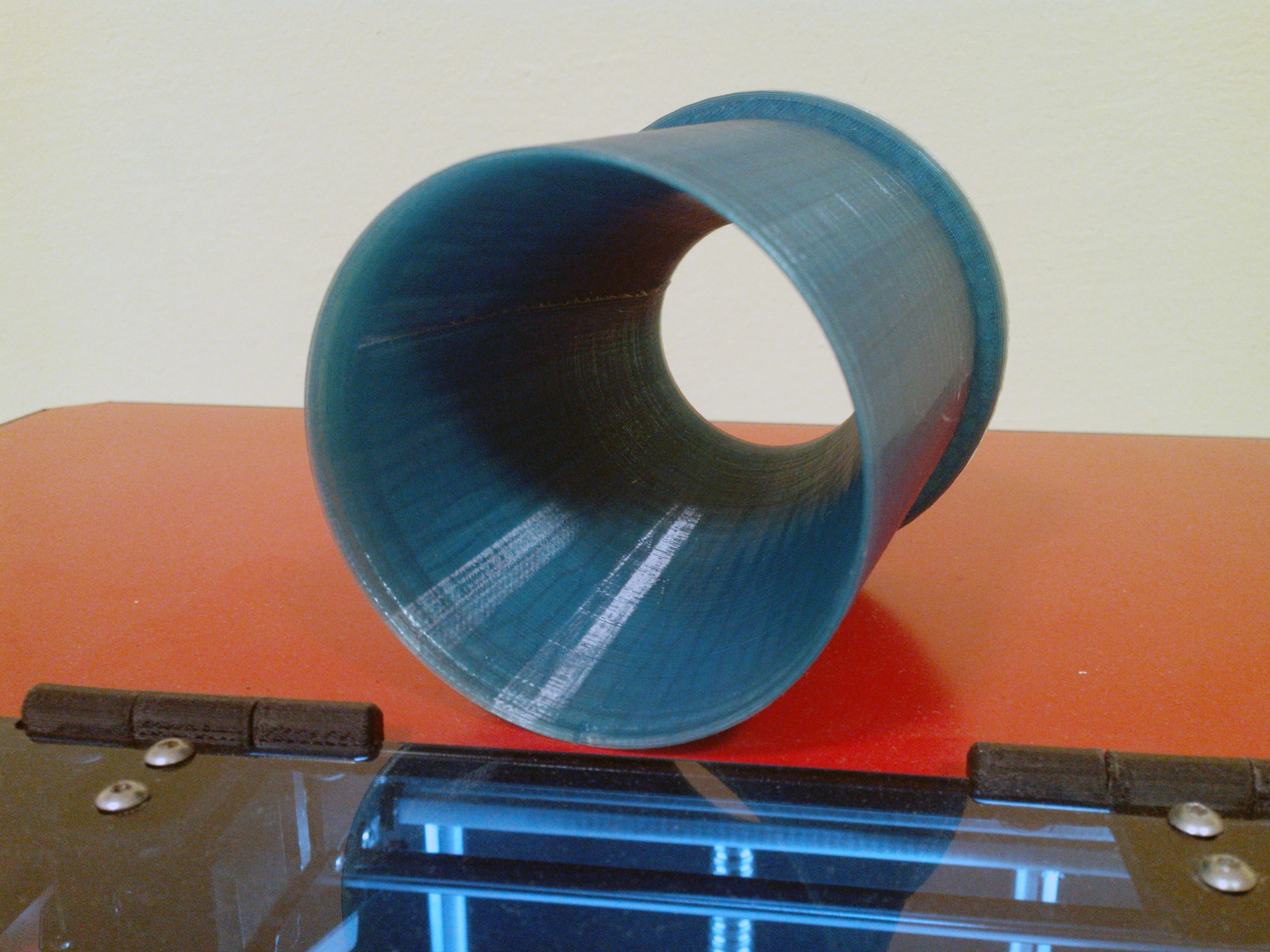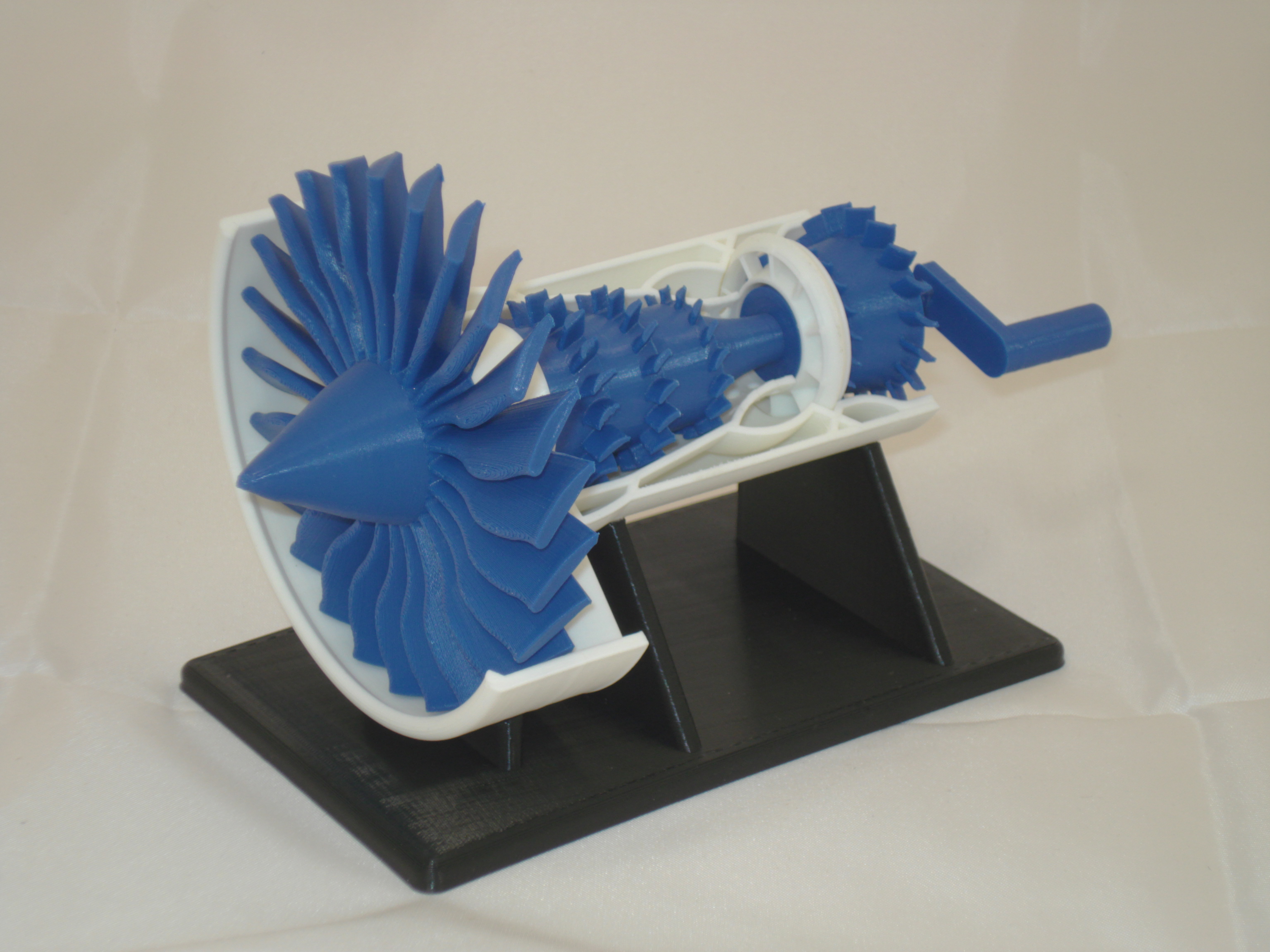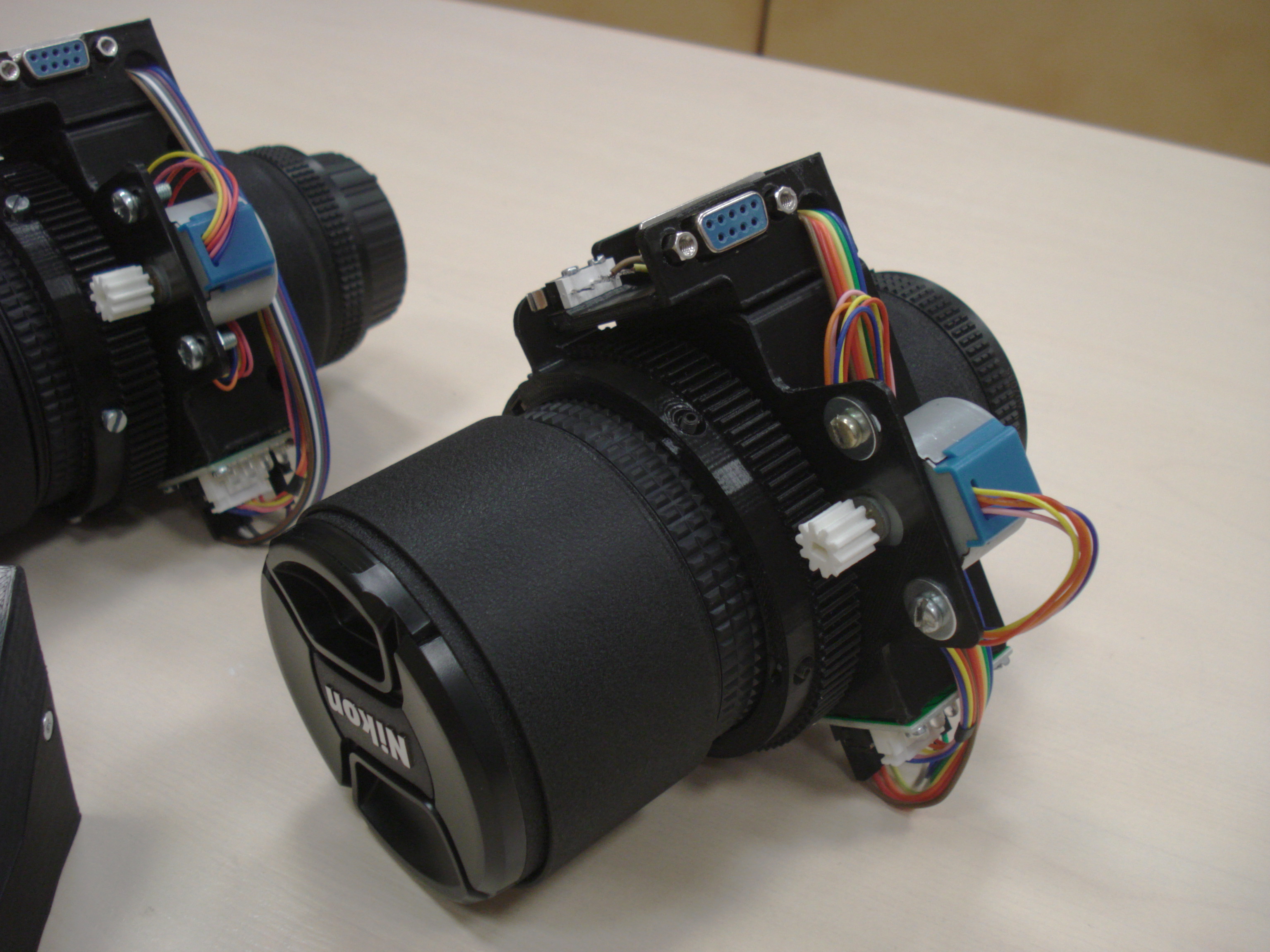Picaso 3D Designer printer utilizes FDM (Fused Deposition Modeling) technology, which is also known as FFF (Fused Filament Fabrication). This printer is produced by "NPP IIS" company. This company has been developing and producing 3D printers for mass market since 2011. FDM is a technology of additive manufacturing: building 3D-objects is done by applying consecutive layers of the material (ABS or PLA thermoplastic) so that they copy the keyline of the digital model. These layers appear by the extrusion of molten thermoplastic through the nozzle that is placed in the printer head along with heating element and extruder (plastic thread feeding device). Plastic hardens right after the extrusion.

Features
- Printing technology – FDM.
- Print area (L x W x H): 200 x 200 x 210 mm.
- Printing material: ABS and PLA plastic.
- Layer thickness – 50-250 micron.
- Closed chamber.
- Heated platform.
- This printer can operate autonomously with external memory.
- File type – stl.
ABS plastic
ABS plastic (acrylonitrile butadiene styrene, ABS) is an impact-resistant thermoplastic that is widely used both in the production industry and in additive manufacturing. An equivalent of 2 kg of oil as a material and as an energy source is needed to produce 1 kg of ABS.
Specifications of ABS plastic
|
Glass-transition temperature |
approximately 105°C |
|
Flexural Strength |
41 MPa |
|
Tensile strength limit |
22 MPa |
|
Elastic modulus |
1627 MPa |
|
Elongation |
6% |
|
Cooling contraction |
up to 0.8% |
|
Material density |
approximately 1.05 g/cc |
Actual parameters of plastic made by different manufacturers may vary.
Advantages of ABS plastic:
- moisture resistance,
- acid resistance,
- oil resistance,
- relatively high heat resistance,
- enhanced impact resistance,
- high elasticity,
- high durability (with no exposure to direct sunlight),
- easily machinable,
- highly soluble in acetone. This allows to post-process products with acetone fumes and print large models in parts and bond these parts after the printing.
Disadavantages of ABS plastic:
- relatively low resistance to direct sunlight;
- when ABS plastic gets heated, it emits toxic acrylonitrile vapours. This means that products made of this plastic are not suitable for edible use (keeping hot foods and drinks inside);
- reacts with ethanol which leads to the styrene emission. This means that products made of this plastic are not suitable for keeping any kinds of alcohol inside;
- high contraction tendency (loss of volume and deformation of geometry at cooling).
PLA plastic
PLA plastic (polylactide, PLA) is biodegradable, thermoplastic aliphatic polyester. Its structural unit is lactic acid. This plastic is made of corn or sugar cane.
Specifications of PLA plastic:
|
Melting point |
173-178°C |
|
Softening temperature |
50°C |
|
Rockwell hardness number |
R70-R90 |
|
Elongation at fracture |
3.8% |
|
Flexural Strength |
55.3 MPa |
|
Tensile strength |
57.8 MPa |
|
Elastic modulus |
3.3 GPa |
|
Flexural modulus |
2.3 GPa |
|
Glass-transition temperature |
60-65°C |
|
Density |
1.23-1.25 g/cc |
|
Contraction during the manufacturing of products |
no |
|
Moisture absorption |
0.5-50% |
Advantages of PLA plastic:
- non-toxic due to its natural origin,
- no contraction of the models during the printing,
- perfect for moving parts and mechanical models,
- excellent parts slip,
- models from this plastic will be more detailed than the ones made of ABS plastic.
Disadvantages of PLA plastic:
- high hygroscopicity,
- brittle during the machining,
- short-life (products' life cycle: from several months to several years).
Examples of printed models
 |
 |
| Subsonic nozzle for the test stand. PLA plastic. | Turbine model. ABS plastic. |
 |
 |
| ”Printable architectural kit” house assembly model. PLA plastic. | “Rotary to linear drive” model. ABS plastic. |
 |
 |
| Double helical gearbox 1:27 model. ABS plastic. | Gearbox for the vertical axis of PIV cameras traversing system. ABS plastic. |
 |
 |
| Incremental drive for objective focus adjustment of PIV system cameras. ABS plastic. | Housing for the controller of the incremental drive for objective focus adjustment of PIV system cameras. ABS plastic. |



